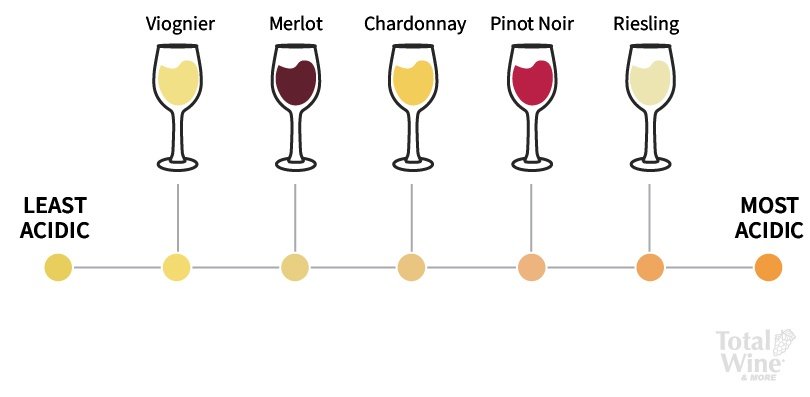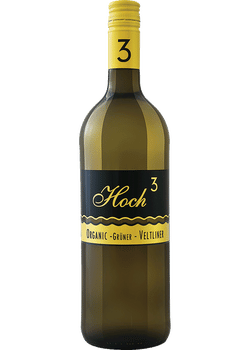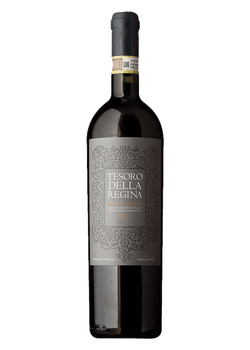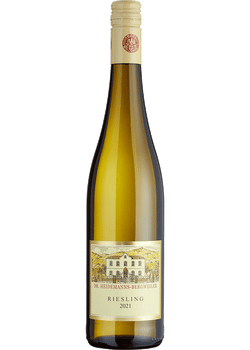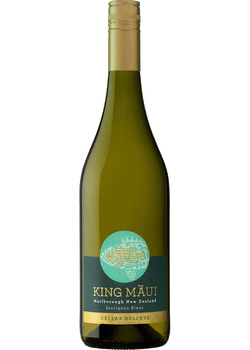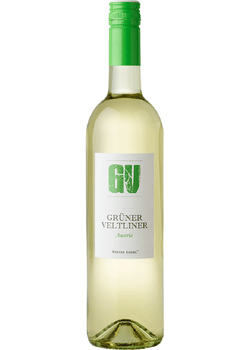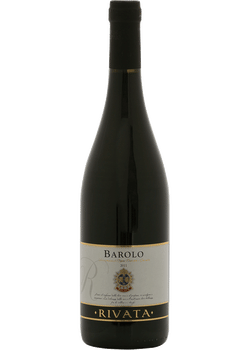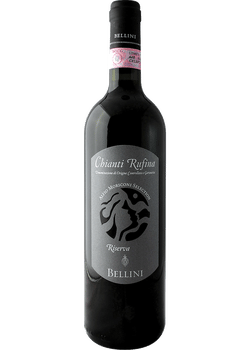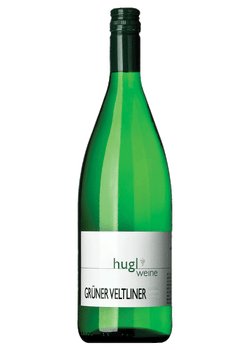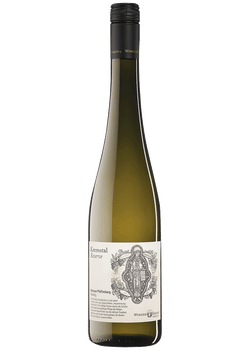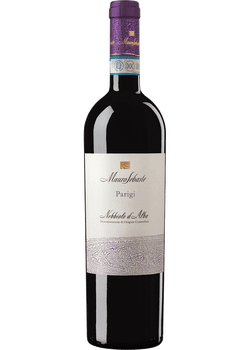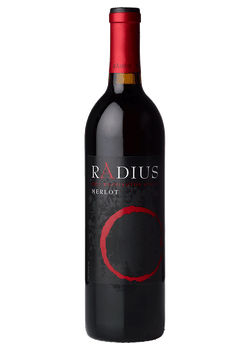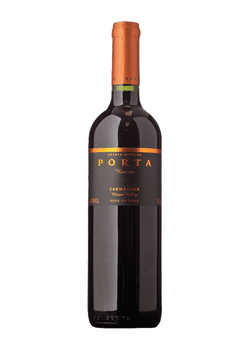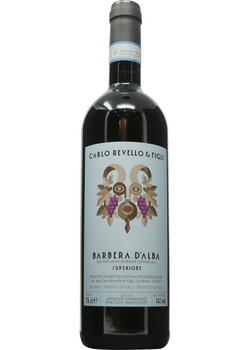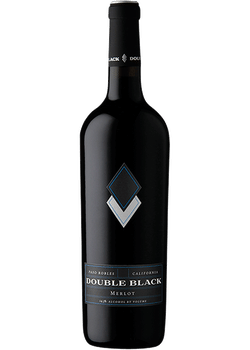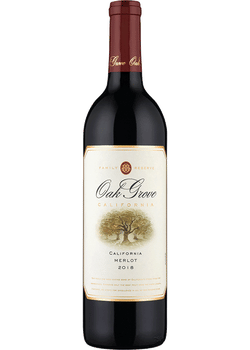Where does acidity in wine come from?
Acidity in wine depends on the grape variety, climate, weather, and soil. Cooler climates tend to produce wines that are higher in acid than warmer climates. The acid itself comes from the grape pulp. The level of acidity is at its highest when the grapes just start to ripen. As the season progresses, the acidity lessens, and the sugar content increases. Winemakers will harvest the grapes when they determine the acid and sugar are in balance for the style of wine they are creating.
Types of acid in wine
There are two main types of acid in wine, tartaric and malic.
Tartaric acid
Tartaric acid is the most important acid in grapes. It plays a major role in how wine tastes. It also helps to maintain the stability of color and total acid in the wine. The level of tartaric acid varies by grape varietal and is also impacted by climate and soil. Cooler growing climates produce wines higher in tartaric and malic acid, so a Chardonnay from Burgundy will have a higher acidity level than California Chardonnay.
Malic acid
The second main type of acid in wine is malic acid. You may have heard about this type of acid and the process called Malolactic Fermentation (MLF). After the first fermentation is complete, a winemaker may choose to allow lactic acid bacteria to consume malic acid and create lactic acid. This conversion decreases overall acidity and adds new aromas and flavors, such as butter, cream, and cheese. While almost every red wine goes through MLF, winemakers only allow some white wines like Chardonnay to go through the conversion.
The pH of wine
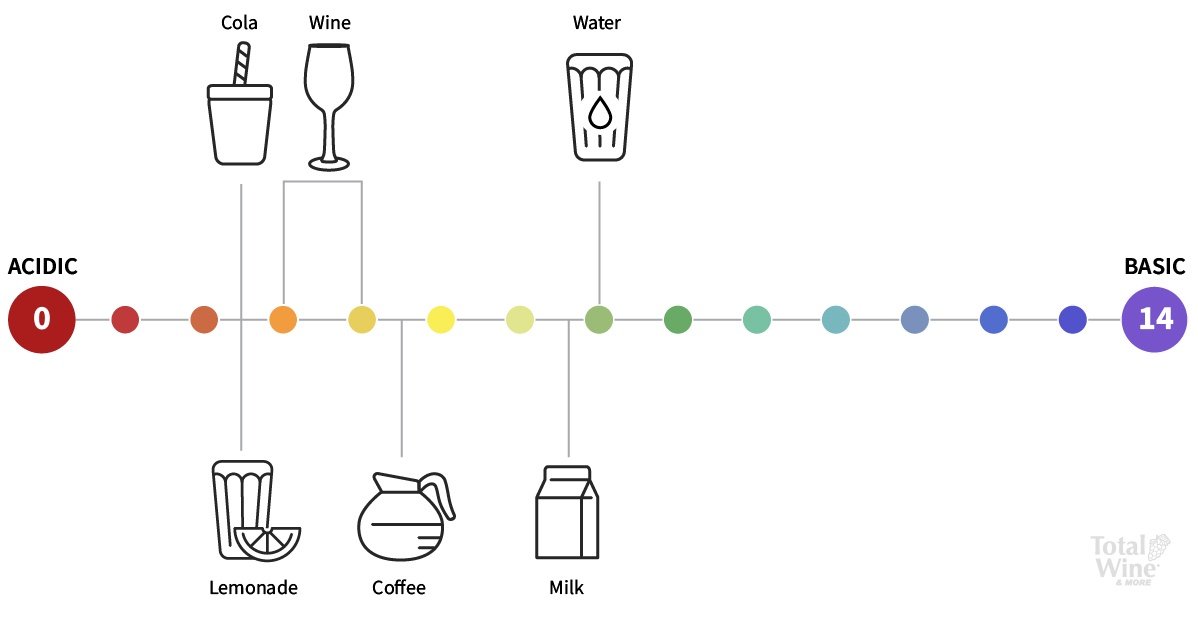
What is pH? It measures the concentration of hydrogen ions in a solution, in our case wine. The higher the concentration the lower the pH value. On a chart, pH goes from 0 to 14, with 0 being the most acidic and 14 being basic. Wine is usually between a pH of 3 and 4. It doesn’t sound like a big difference, but each unit is 10x greater.
It's helpful to compare wine to other beverages to get a sense of the scale. Beverages that are more basic than wine include water with a pH of 7, milk with a pH of 6.7, and coffee with a pH of around 4.5. Beverages more acidic than wine include lemonade and cola, both around 2.5.
How to taste acidity in wine
Acidity gives wine its crispness on the palate. Wines with lots of acidity will create a mouthwatering effect, which is usually tasted as soon as it touches the sides of your tongue and cheeks, like biting into a cold Granny Smith apple.
If a wine goes through MLF, converting malic acid into lactic acid, the wine can have a creamier mouthfeel. It also creates those iconic aromas of cream, cheese, and butter found in many Chardonnays.
Acidity should also be evaluated in combination with other characteristics of wine such as sweetness and tannin. Harmony between these components is needed to produce a balanced wine.
Sweetness and acidity balance each other. A dry wine needs good levels of acid to provide liveliness and balance, while sweet wines need acidity, so they do not seem excessively sweet. However, too much acidity can make a wine seem harsh or bitter, and too little will make it seem flabby and dull.
Tannin and acidity, on the other hand, reinforce each other. A big, tannic red that is also high in acidity will seem even more tannic and/or acidic.
If you are drinking a wine that is high in alcohol, it can be hard to distinguish between alcohol and acidity. They can have a similar effect, but alcohol will usually have more of a burning sensation than a mouthwatering one.
Wines with high & low acidity
In general, white wines tend to exhibit more acidity than red wines. For red wines, lighter styles tend to have high acidity, while heavier-bodied red wines tend to have lower acidity. Here are a few examples of wines with high acidity and wines with low acidity.
High acid styles of wine
White Wine
Red Wine
Shop High Acid Wine Styles
Shop Low Acid Wine Styles
Learn more about the different elements of wine and how to taste wine like a pro with our guide to wine tasting.


